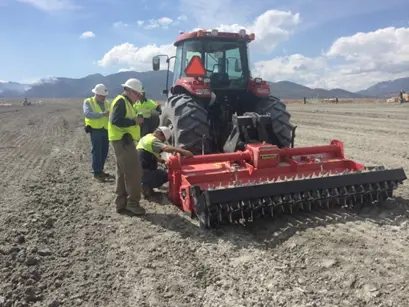From a historical perspective, the 2014 Mount Polley, 2015 Fundão and 2019 Brumadinho tailings dam disasters were not outliers, although they were notable for their severity. All three ranked in the top six failures of all time in terms of the volume of tailings released, and Brumadinho ranked third off all time in terms of fatalities.
These catastrophic failures have given rise to a broader-based understanding by industry, regulators, stakeholders, investors and insurers of the need to find a pathway to safer, more sustainable and non-conventional tailings management.
Profiling the risk of the global inventory of tailings dams, as the Global Tailings Portal attempts to do, is a good first step. However, this database can only go so far given that it is based on self-disclosures from mining companies, many without third-party review, and it only lists around 1,800 tailings dam facilities.
Furthermore, the database and the recent Global Industry Standard on Tailings Management both highlight the fact that many major companies have multiple upstream and modified centreline dams in their portfolio which do not and potentially cannot conform with the minimum good-practice requirements for stability, deformation, and consequences of potential failure outlined in the standard. Various sources estimate the number of relevant TSFs worldwide at upwards of 3,500. Based on this count, serious TSF failures continue to occur at a at an average rate of one to two per year. No matter how we view the data, it is broadly accepted that the actual and perceived risk of tailings dams failures are currently above what the industry and stakeholders can or should tolerate.

